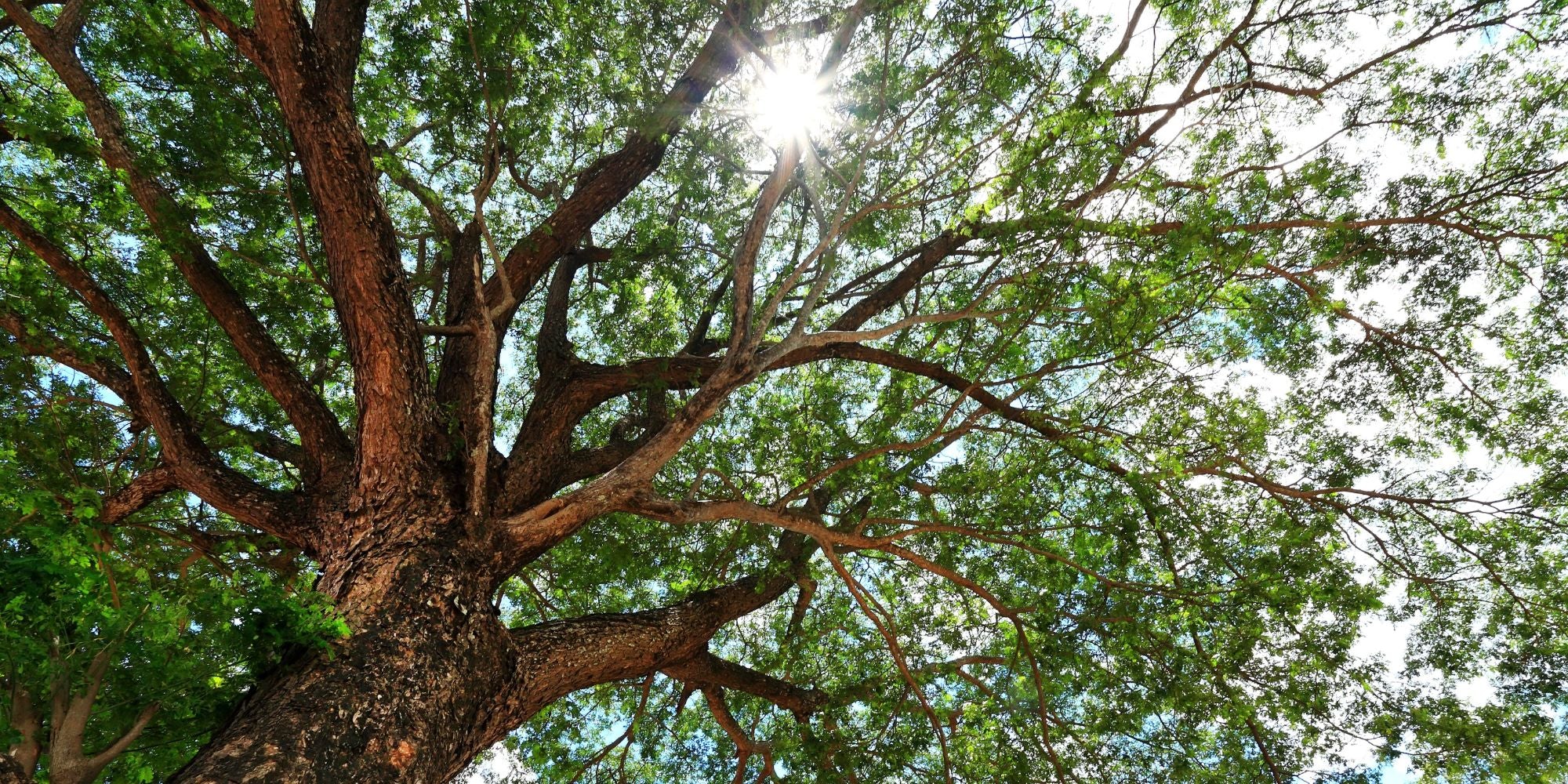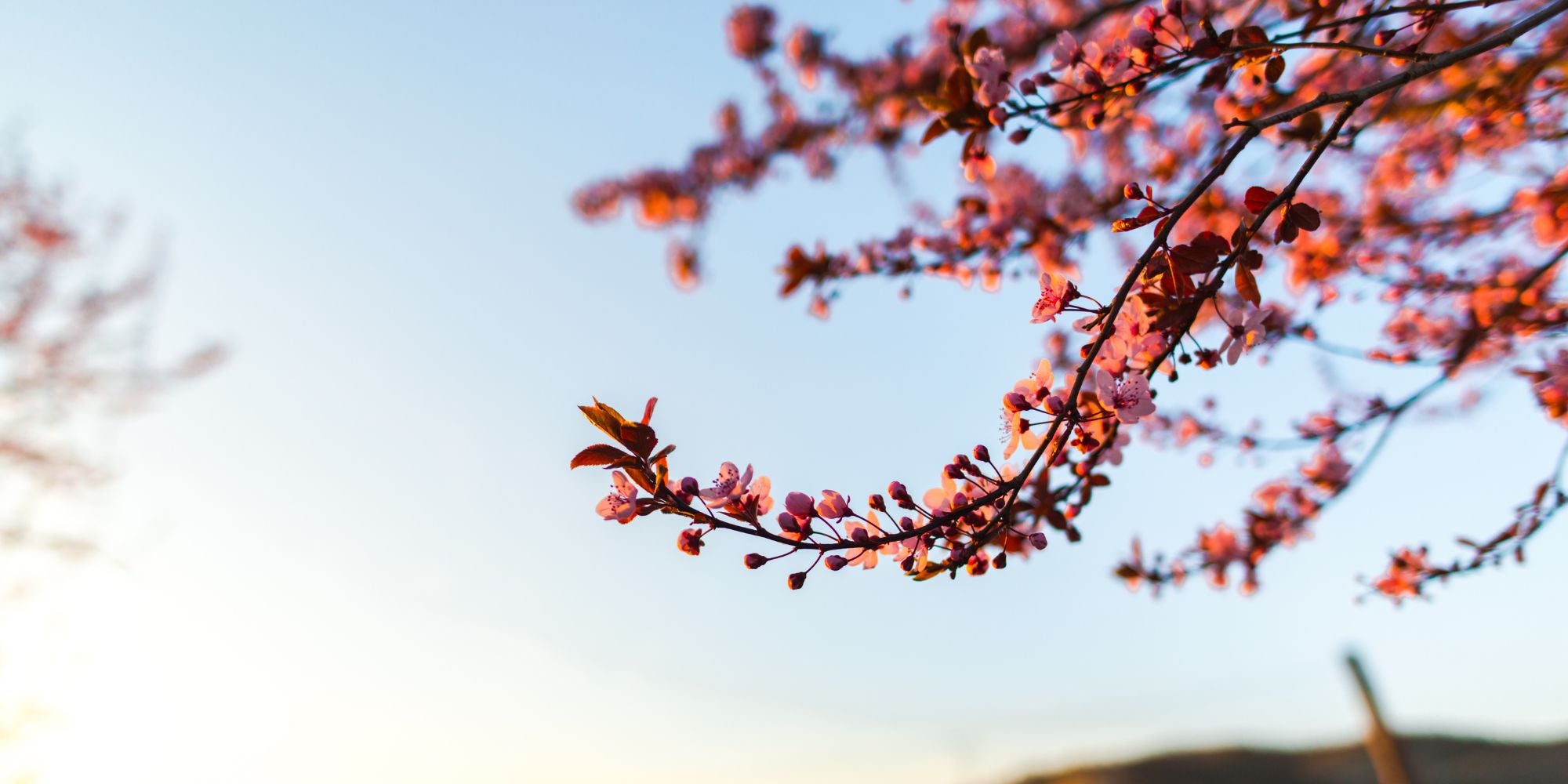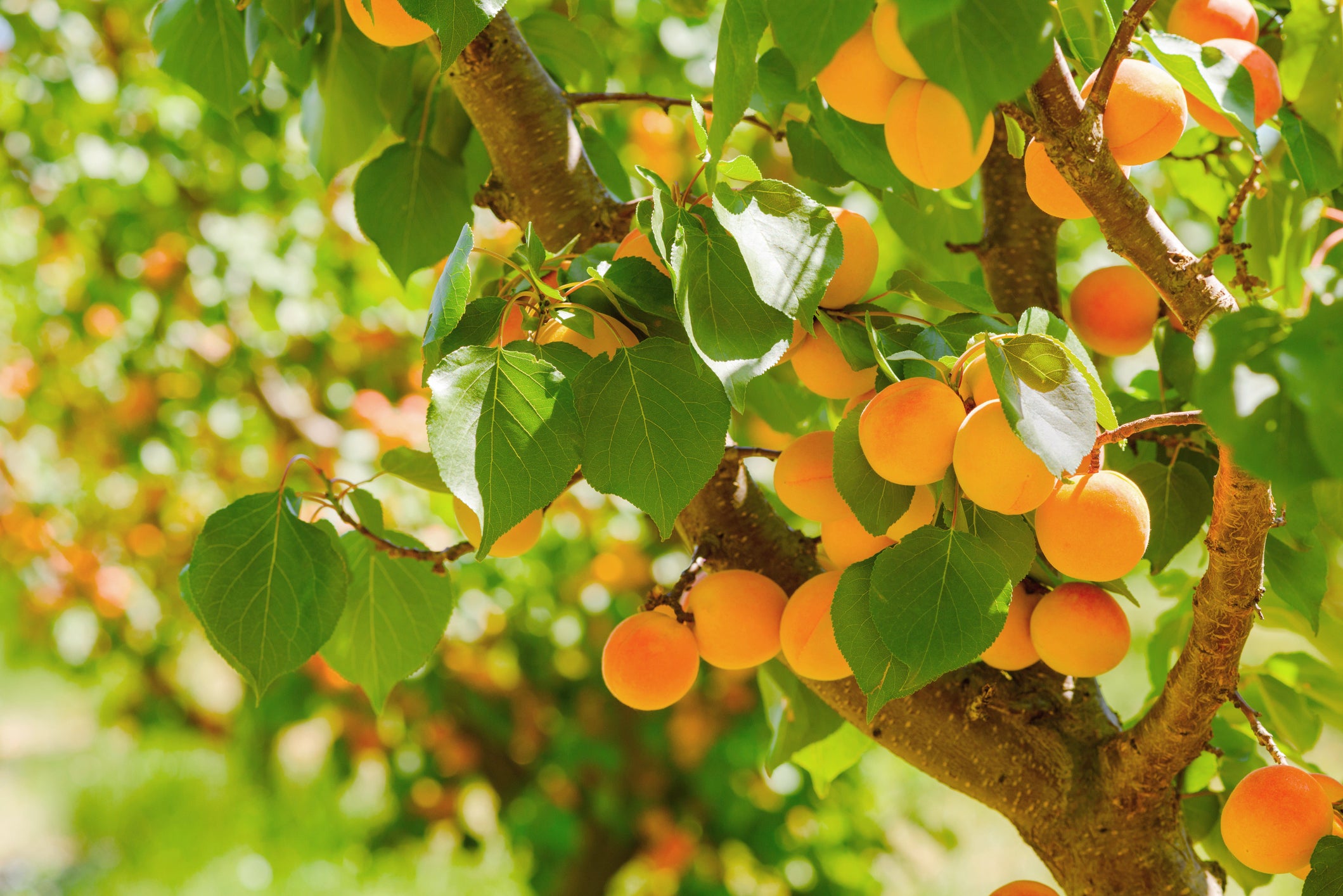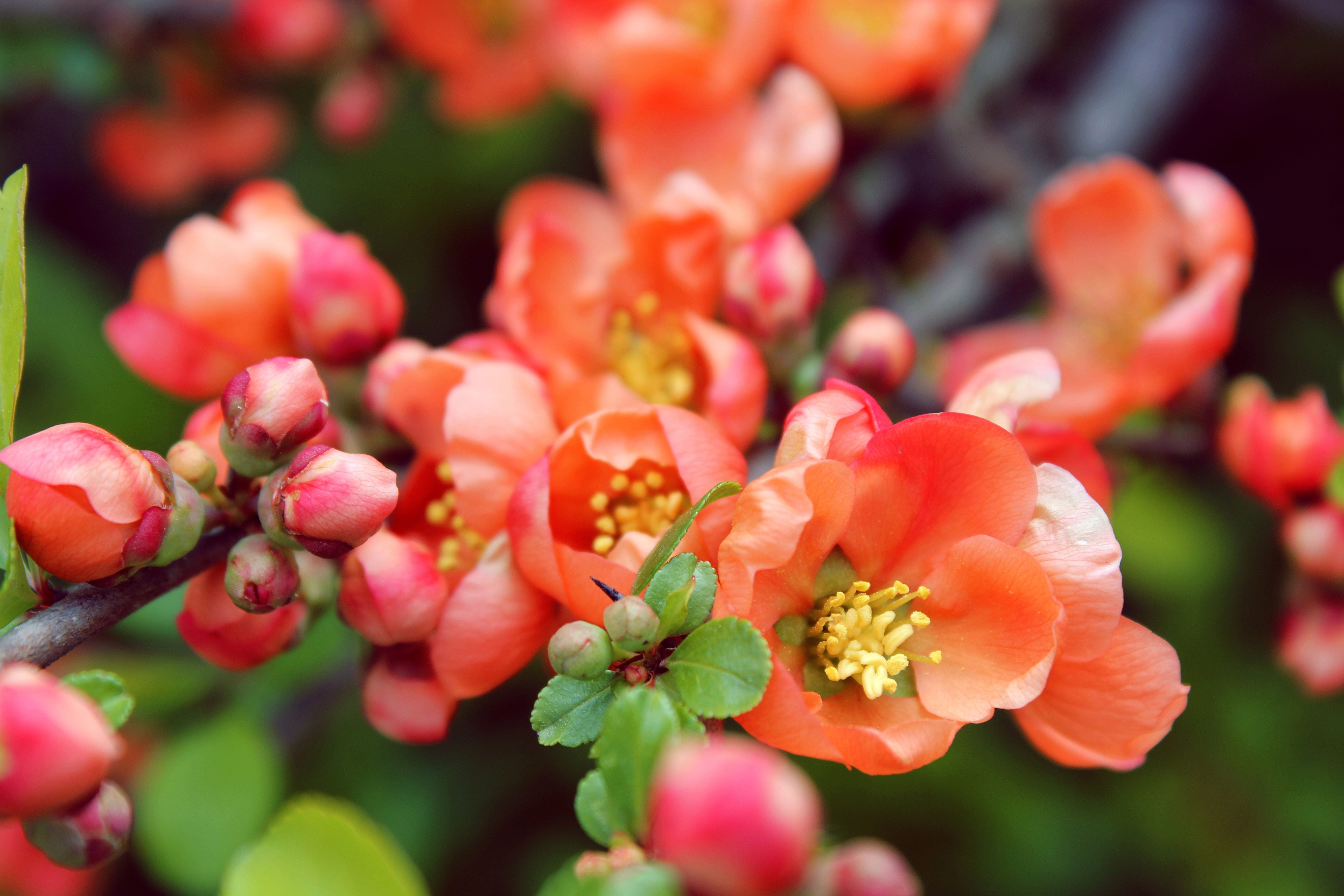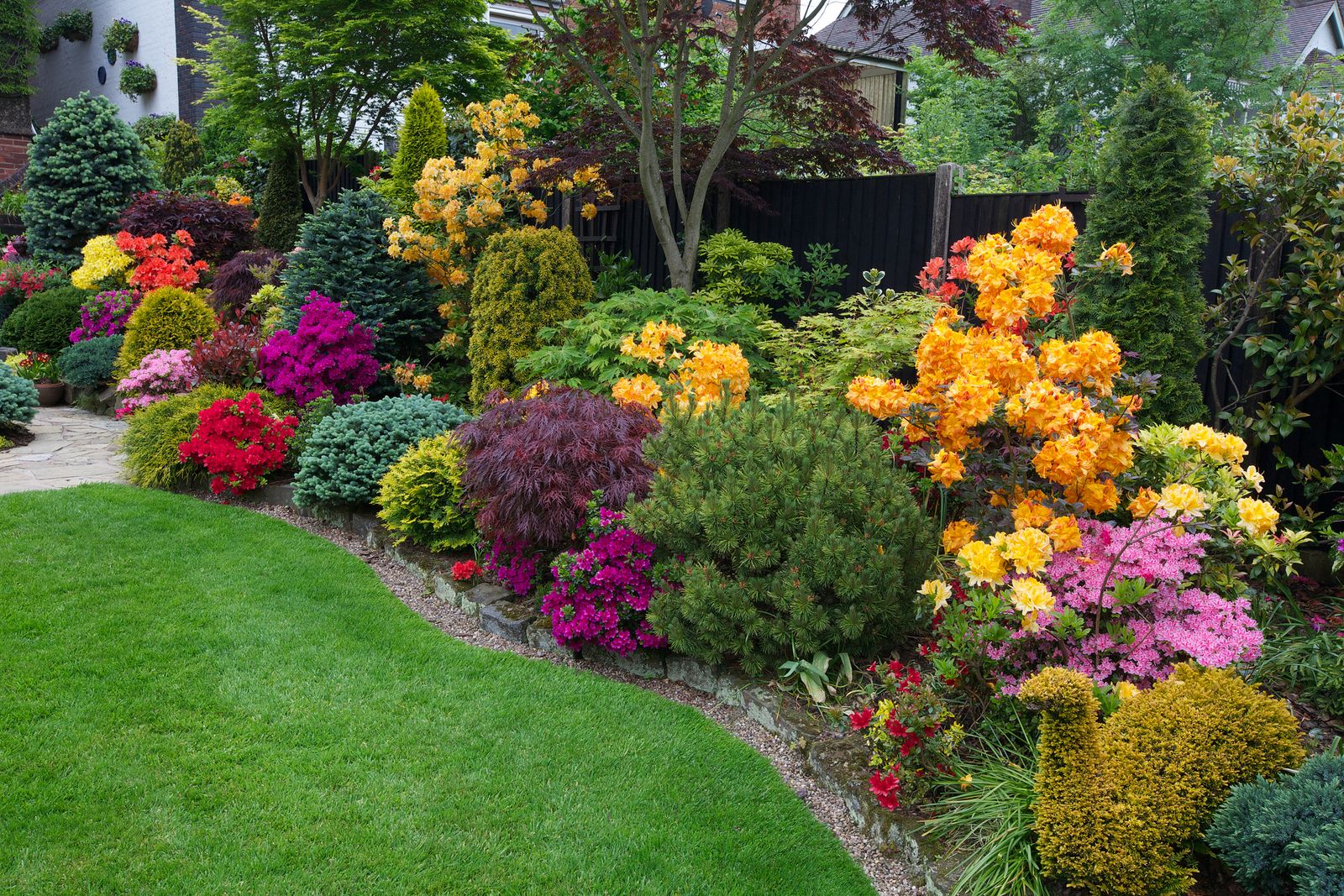A
Plants that provide interest and generally stand out in the landscape due to their color, texture, and/or blooms. They do not set the structure of the garden and primarily serve aesthetic goals.
A soil, compost, or liquid with a pH between 0 and 7.0 (on a scale of 0.0-14.0). Often referred to as “sour” soil by gardeners.
Any method of loosening soil or compost to allow air to circulate.
Describes organisms living or occurring only when oxygen is present.
A soil with a pH between 7.0 and 14 (on a scale of 0.0-14.0). Often referred to as “sweet” soil by gardeners.
Describes organisms living or occurring where there is no oxygen.
A plant that blooms, produces seed, and dies in one year.
B
Refers to the roots of a plant that are removed from growth media (i.e. soil), exposing the roots rather than planting in a
container.
The leaves growing at the base of the plant. May be a single leaf or a cluster of leaves (rosettes). On perennials, basal leaves can be grown temporarily or last throughout the entire life cycle.
An insect that benefits your garden by eating or laying its eggs in other insects, thereby controlling their population.
A plant that completes its full life-cycle in two growing seasons. It produces leaves in the first and flowers in the second.
Able to decompose or break down through natural bacterial or fungal action. Substances made of organic matter are biodegradable.
Using living organisms such as beneficial insects or parasites to destroy garden pests.
A term used to describe a plant that has gone to seed prematurely.
Finely ground fertilizer composed of white or light gray bone that adds phosphorus to the soil.
The formal scientific name of a plant, typically consisting of genera or genera and species. A plant may have a variety of common names, but only one formal botanical name. An example is the ‘flowering dogwood’ has a botanical name of Cornus florida.
Modified region of the stem that functions as a food storage organ during dormancy, typically found underground or at ground level.
C
The formation of bonds between organic compounds and metals,
some of which are insoluble, as in humus. Soluble chelates are used in
fertilizers to help keep nutrient metals, such as iron, mobile in the soil and thus available to plants rather than locked up in insoluble mineral salts.
A yellowing or blanching of the leaves due to lack of chlorophyll, nutrient deficiencies or disease.
Soil comprised of fine mineral particles and limited organic matter. Clay soils are dense, with little space for air movement and water drainage. Clay soils tend to feel sticky when wet, and dry into hard clumps.
The sowing of seeds in the garden in such a way that plants help each other grow instead of competing against each other.
Completely decayed organic matter used for conditioning soil. It is dark, odorless and rich in nutrients.
An evergreen tree or shrub with needle-like leaves that reproduce with cones instead of flowers.
Cultivars are plants produced by selective breeding based on desirable characteristics. New cultivars may be bred for improved disease resistance, habit, color, or any other trait.
A vegetative method of plant propagation whereby a piece of plant leaf, stem, root or bud is cut from a parent plant. It is then inserted into a growing medium to form roots, thus developing a new plant.
D
The act of removing spent flowers or flowerheads for aesthetics, to prolong bloom for up to several weeks or promote re-bloom, or to prevent seeding.
A plant requiring less than 2 hours of dappled sun a day.
A plant that sheds its leaves annually.
A period where growth and development are temporarily stopped, helping the plant to conserve energy and survive during adverse conditions (i.e. winter).
E
Plants that have foliage throughout the year, keeping their green color year-round.
A different colored or darker shaded zone on the petals and sepals of the flowers just above the throat.
F
An organic or synthetic material added to the soil or the plant, that is important for its nutrient value.
A technique of feeding plants by applying liquid fertilizer directly to plant leaves.
This is the average expected last frost date for your area. Frost dates are important to know for your gardening zone or planting area.
G
One or more related species group together to form the genera or genus. Usually the first part of two-part scientific or botanical names.
Low-growing plants that cover the soil surface, suppressing weed growth and protecting the topsoil from erosion and drought.
H
The structure of the plant.
Standard by which growers and gardeners can determine which plants will thrive at a location. North American is separated into 11 hardiness zones, where 1 is the coldest and 11 is the warmest.
The process of acclimatizing plants grown under protection, in the greenhouse for example, to cooler conditions outdoors.
A soil that contains a high proportion of clay and is poorly drained.
A plant with no woody stems above ground. Herbaceous perennials will die down to the rootstock at the end of the growing season, but new growth will develop in the spring.
A fairly stable, complex group of nutrient-storing molecules created by microbes and other forces of decomposition by the conversion of organic matter. Typically its dark loamy earth.
L
A form of compost that is the result of slow decomposition of leaves. Adding leaf mold to the potting media or soil can improve the soil
structure.
A calcium or magnesium-rich material that acts has a base and neutralizes soil acidity, often improving plant growth if applied in appropriate quantities.
M
Some mineral elements are needed by plants in very small quantities. If the plants you are growing require specific “trace elements” and they are not getting them through the soil, they must be added.
Any organic material, such as wood chips, grass clippings, compost, straw, or leaves that is spread over the soil surface (around plants) to hold in moisture and help control weeds.
N
An abbreviation for the three main nutrients that have been identified as absolutely necessary for plants are nitrogen (N), phosphorus (P) and potassium (K). These three are also known as “macronutrients,” and are the source of the three numbers commonly found on fertilizer labels.
Plants are considered native if it is growing naturally in its indigenous region or area without human introduction.
O
Refers to something derived from living organisms and is made up of carbon-based compounds. It is also a general term used for a type of gardening using no chemical or synthetic fertilizers or pesticides.
This method of gardening is based on building a healthy, living soil through composting and using supplemental nutrients from naturally occurring deposits. The basic principle is to feed the soil so the soil will feed the plants. Healthy plants are better able to resist pests and disease thus reducing the need for control. If control is needed, cultural and mechanical methods are used first. Naturally derived pesticides are used only as a last resort.
P
A plant that grows and flowers for years. They are either evergreens or may die back to the ground but will grow again the following season.
A scale from 0-14 that explains the degree of acidity or alkalinity of the water or soil. Soil pH is very important because it affects the availability of nutrients to plants and the activity of microorganisms in the soil.
R
A fleshy underground stem or runner. Creeping grasses spread by rhizomes.
S
Any technique or piece of equipment used to extend the growing season in both spring and fall. Examples include; row covers, greenhouses, hotbeds, cold frames, and products
A plant with multiple persistent woody stems branching above ground.
Material added to the soil to improve its properties. This may include; water retention, permeability, water infiltration, drainage, aeration and structure. Soil amendments are mostly organic matter or very slow release minerals and are typically worked into the topsoil.
A measurement of the major nutrients (nitrogen, phosphorous, and potassium) and pH levels in the soil.
A plant with thick and fleshy leaves or stems adapted to storing water in arid environments or soils.
T
Describes the general health of the soil including a balance of nutrients, water, and air. Soil that is healthy and has good physical qualities is in good tilth.
Applying fertilizers or some kind of soil amendment after seeding, transplanting or once the crop has been established.
The moving of a plant from one growth medium to another.
V
A term to distinguish plants with one or more defining characteristics that are grown under natural circumstance.
A variegated plant has two or more colors present in the leaf, petals, or other parts of the plant.
The use of red worms to convert food scraps or other organic materials into worm castings.
W
A plant is woody if its structural tissue is composed of wood, leading to a hard, sturdy stem that persists through multiple growing seasons.
The digested organic waste of red worms. Gardeners consider them the most nutrient dense organic compost available.
Amber's Glossary of super scientific words - edit1


